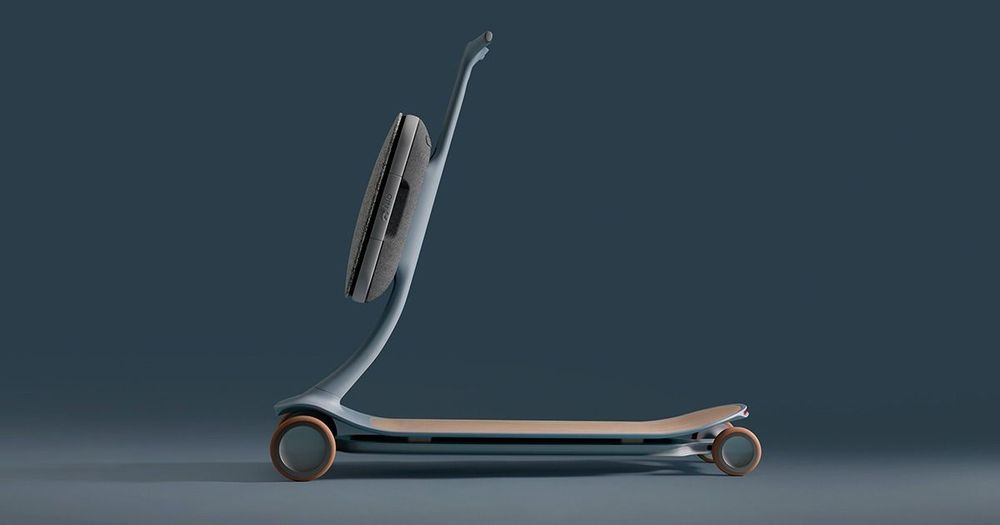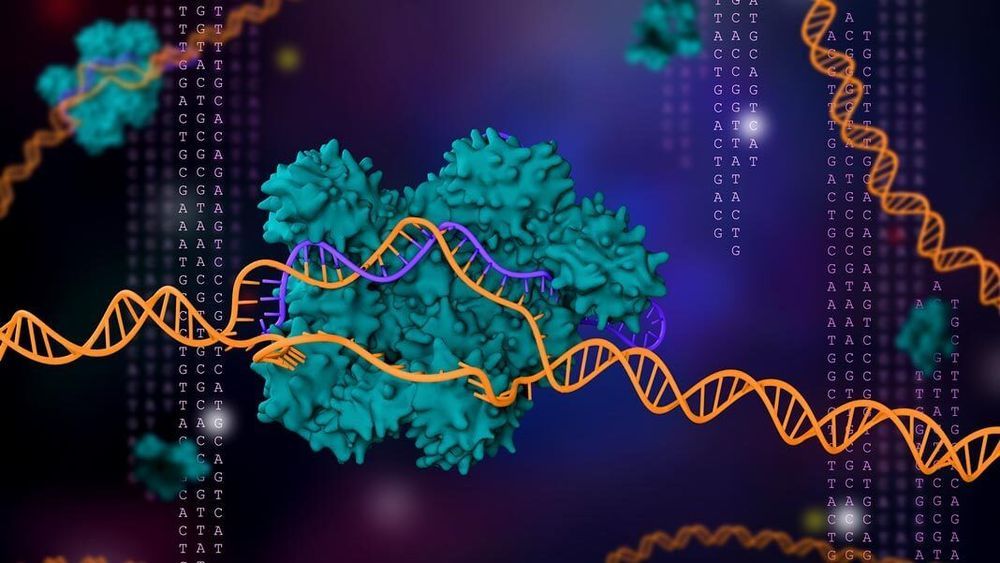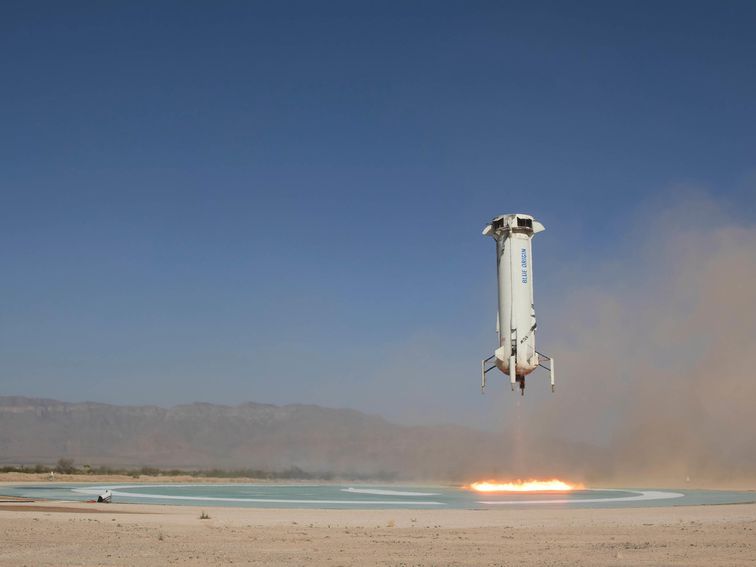This super yacht rents for $280,000 per week. Here’s what’s on board… (via Secret Lives of the Super Rich)
Get the latest international news and world events from around the world.

11 Things People Think Are Awful For Your Diet That Actually Aren’t
I’m used to the shaming look I get from my peers when I crack open a can of sugar-free Red Bull. The questions – and judgement – never end. “That stuff’ll kill you,” someone said to me the other day, shaking his head. “So many chemicals!” was what I heard last week.
Truth be told, Red Bull (at least the sugar-free kind) isn’t all that terrible for you. Besides having only 10 calories and no sugar, it has only 80 milligrams of caffeine, about a third of the amount in a tall Starbucks drip coffee.
As far as its other ingredients – namely B vitamins and taurine – go, scientific studies have found both to be safe.
This live stream plays endless death metal produced by an AI
This particular version of Dadabots has been trained on real death metal band Archspire, and Carr and Zukowski have previously trained the neural network on other real bands like Room For A Ghost, Meshuggah, and Krallice. In the past, they’ve released albums made by these algorithms for free on Dadabots’ Bandcamp — but having a 24/7 algorithmic death metal livestream is something new.
Carr and Zukowski published an abstract about their work in 2017, explaining that “most style-specific generative music experiments have explored artists commonly found in harmony textbooks,” meaning mostly classical music, and have largely ignored smaller genres like black metal. In the paper, the duo said the goal was to have the AI “achieve a realistic recreation” of the audio fed into it, but it ultimately gave them something perfectly imperfect. “Solo vocalists become a lush choir of ghostly voices,” they write. “Rock bands become crunchy cubist-jazz, and cross-breeds of multiple recordings become a surrealist chimera of sound.”
Carr and Zukowski tell Motherboard they hope to have some kind of audience interaction with Dadabots in the future. For now, you can listen to it churn out nonstop death metal and comment along with other people watching the livestream on YouTube.

Say Hello To Neutron Stars, Your Worst Nightmare
Yes, black holes get all of the attention. They’re mysterious, they lurk in the shows of interstellar space, they break the laws of known physics, they can trap you forever, they have a cool-sounding and easy-to-understand name. They’ve got great branding.
But some things are even weirder and scarier than black holes. And what makes them weirder and scarier is that they’re weird and scary within the known laws of physics. Which means we understand them. Which means we can explain, in great and gruesome detail, just how awful they are.
Take, for example, the neutron star.

Autonomous Scooter Uses AI to Learn Your Favorite Routes
UK-based design agency Layer has teamed up with Chinese electric car maker Nio to create a smart scooter that can learn where you want to go.
Once “Pal” learns your preferred routes, the smart scooter can autonomously take you to your destination. On its website, Layer calls the scooter a “near-future prototype” that “embraces AI and machine learning to offer flexible and convenient ‘last mile’ travel.”
It’s a stunning example of industrial design that could make short-distance travel much more convenient — whether it will ever actually be sold to the public or not.

A Deceptively Simple Tweak to CRISPR Makes It 50 Times More Accurate
Without ensuring high levels of accuracy, any proposed CRISPR gene therapy becomes a genetic crapshoot.
Now, a team from Duke University may have found a universal workaround—a trick to fundamentally boost CRISPR’s accuracy in almost all its forms. Published this month in Nature Biotechnology, the team’s study tweaked the design of guide RNAs, the indispensable targeting “blood hound” of the CRISPR duo that hunts down specific DNA sequences before its partner Cas makes the cut.
The upgrade is deceptively simple: tag a “locking” structure to one end of the guide RNA so that only the targeted DNA can unleash the power of the Cas scissors. Yet exactly because the tweak is so easy, guide RNA 2.0 can fundamentally tune the accuracy of multiple CRISPR systems—not just those relying on the classic Cas9, but also newer diagnostic systems that deploy Cas12a and other flavors—by as much as 200-fold.
